composite decking weight vs wood decking
Explore the differences in weight between composite and wood decking materials, understanding their implications for installation and maintenance.
Composite Decking Weight vs Wood Decking
Introduction
When it comes to constructing a deck, homeowners often face a choice between traditional wood and modern composite materials. While both options offer unique benefits, understanding the weight differences between composite and wood decking can significantly impact the installation process, structural integrity, and long-term maintenance of your deck. In this article, we will explore these factors in detail.
Weight Differences Between Composite and Wood Decking
Composite decking is typically heavier than its wood counterpart. This is primarily due to the manufacturing process that involves combining wood fibers with plastic resins. On average, composite decking weighs around 2.5 to 3 pounds per square foot, whereas pressure-treated pine, a common wood option, weighs approximately 1.5 to 2 pounds per square foot (Deck Network). However, the exact weight can vary based on the specific material composition and density.
Impact on Installation
The difference in weight can have significant implications for the installation process. Heavier composite decking requires stronger supports and more robust fastening systems to ensure stability and safety. Additionally, the increased weight can make installation more labor-intensive and time-consuming. For example, lifting and placing composite boards can be more challenging compared to lighter wood planks. However, the use of pre-fabricated composite boards can help mitigate some of these issues by reducing the need for cutting and fitting on-site (Family Handyman).
Structural Integrity
Despite being heavier, composite decking generally offers better structural integrity over time. The combination of wood fibers and plastic resins results in a material that is less susceptible to warping, cracking, and rotting, which are common issues with untreated or improperly treated wood. This enhanced durability translates into a more stable and safer deck structure, especially in areas prone to extreme weather conditions (Popular Mechanics).
Maintenance Considerations
When it comes to long-term maintenance, the weight difference between composite and wood decking becomes less significant. Composite decking, despite being heavier, requires minimal upkeep. Unlike wood, it does not require staining or sealing to maintain its appearance and resistance to moisture and insects. Regular cleaning with mild soap and water is usually sufficient to keep composite decks looking their best. In contrast, wood decks need periodic treatment to protect against decay and insect damage, which can add to the overall maintenance burden (This Old House).
Conclusion
In summary, while composite decking is generally heavier than wood, this difference impacts various aspects of deck construction and maintenance. Heavier composite materials necessitate stronger support structures and more rigorous installation techniques, but they also provide superior structural integrity and reduced long-term maintenance needs. Homeowners should carefully consider these factors when deciding between composite and wood decking to ensure they choose the most suitable option for their specific requirements.
Reference
Deck Network – Weight of Decking Materials
Family Handyman – How to Build a Deck
Popular Mechanics – Choosing the Right Decking Material
This Old House – Wood vs Composite Decking: What’s the Best Choice?
Baoding Plastroy WPC Products
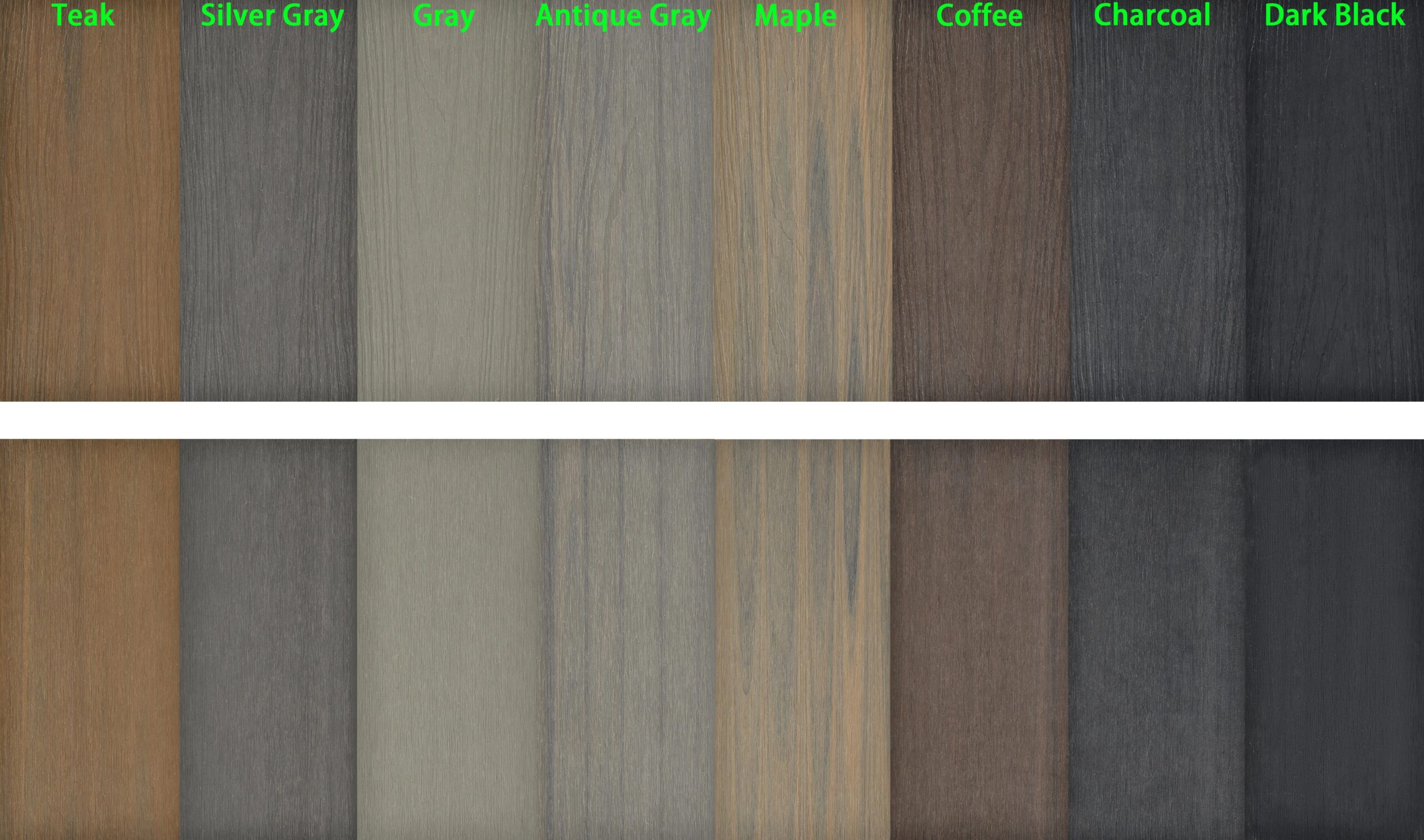
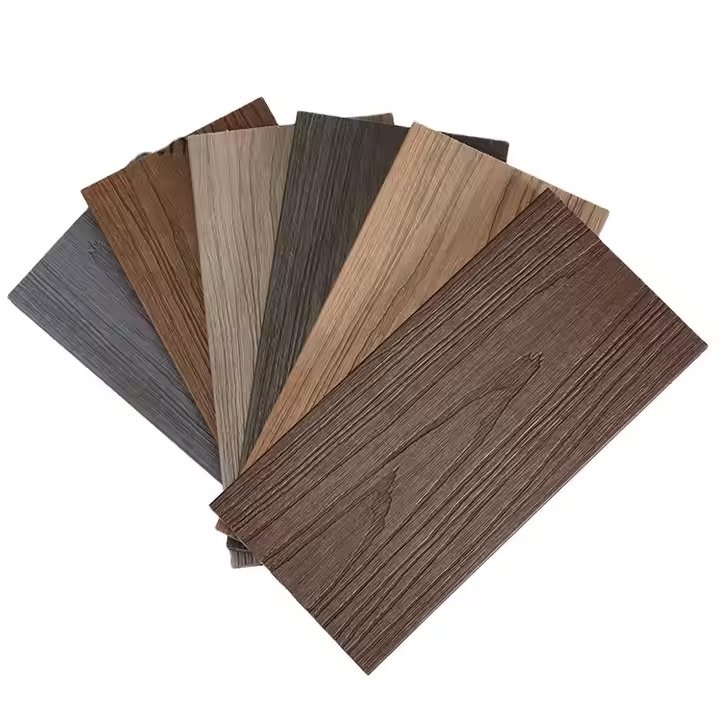
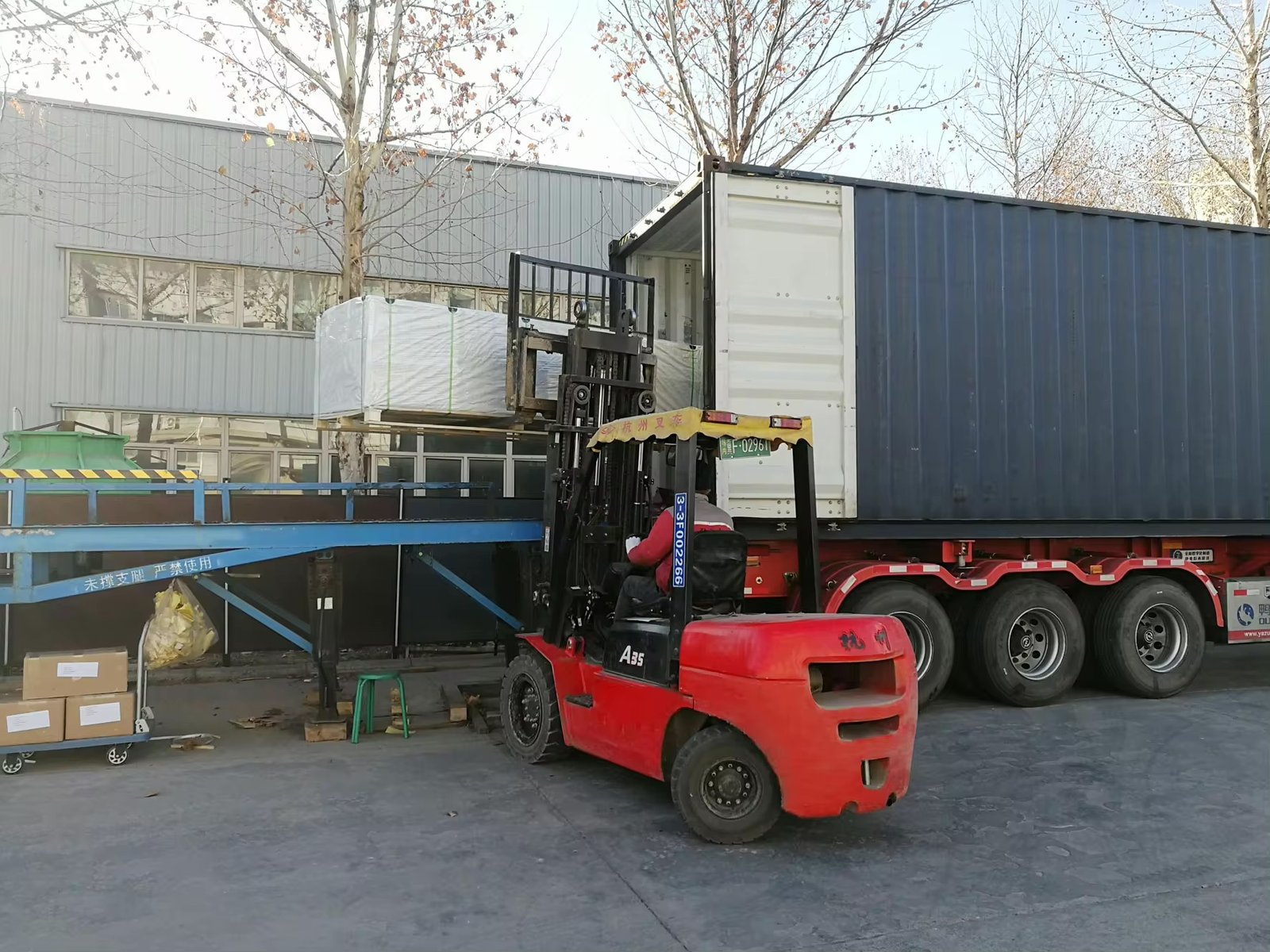
Why Choose Plastory?
Baoding Plastory New Materials Co., Ltd. is a manufacturer of decorative materials with over 9 years of experience and 56 separate production lines.
Currently, our annual production exceeds 30,000 tons, with products exported to more than 50 countries worldwide.
Plastory is the drafting unit of the WPC National Standards and has obtained certifications such as REACH, ASTM, CE, and FSC. Plastory is dedicated to maintaining consistent quality, focusing on details, and prioritizing customer satisfaction.
Our factory is located in Baoding, Hebei Province, China, with a prime location and convenient transportation access. Baoding is approximately a 1.5-hour drive from Beijing Capital International Airport and just 2 hours away from Tianjin Port, making it easy for global clients to visit and facilitating efficient shipping of goods. Our facility spans a large area, equipped with advanced production equipment and modern testing facilities to ensure that every batch of products meets the highest quality standards.
We warmly welcome clients from around the world to visit our factory, where you can see our production processes firsthand and experience our product quality. Please feel free to reach out to us—we are committed to providing you with the best products and services.
Kindly get in touch with us to request a product catalogue.

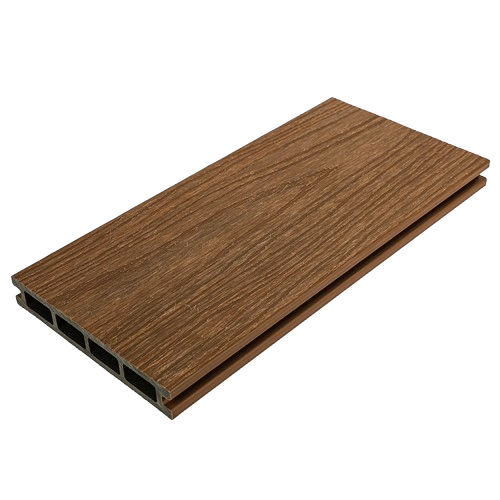
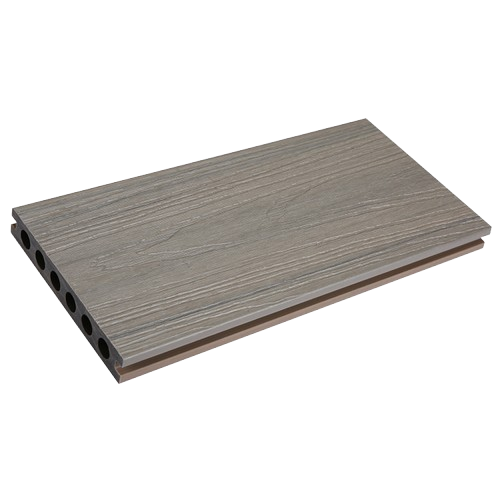
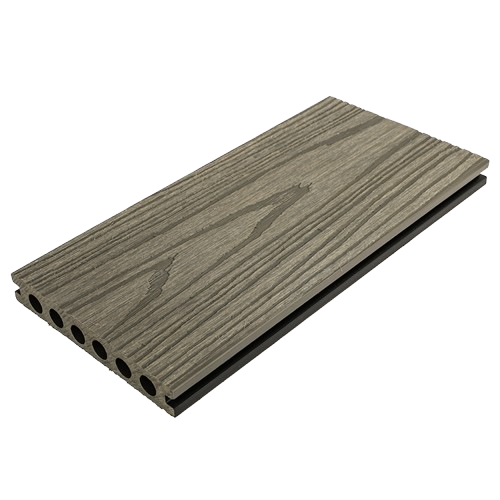
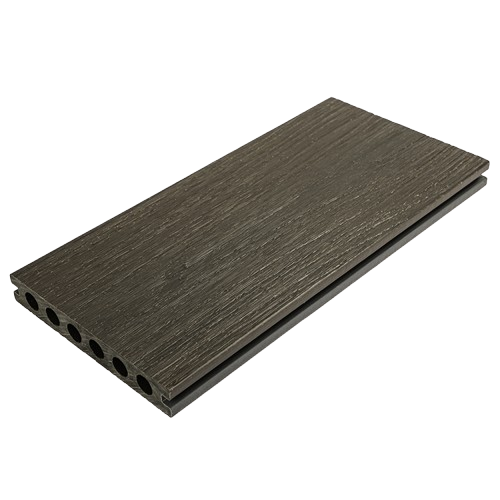
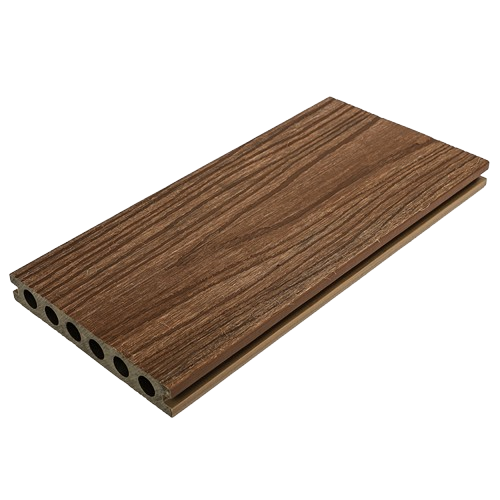
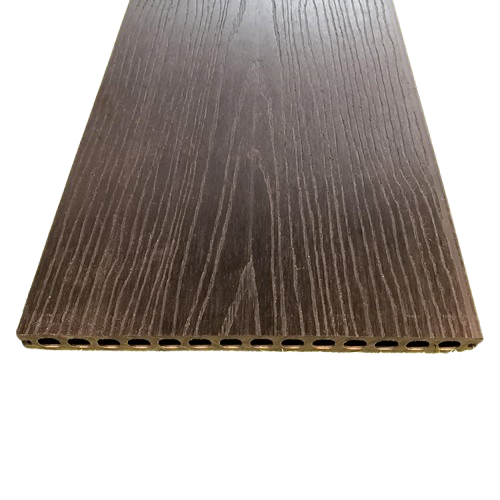
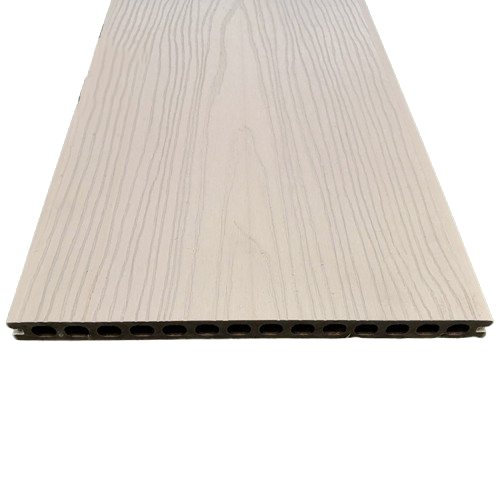

Reviews
There are no reviews yet.